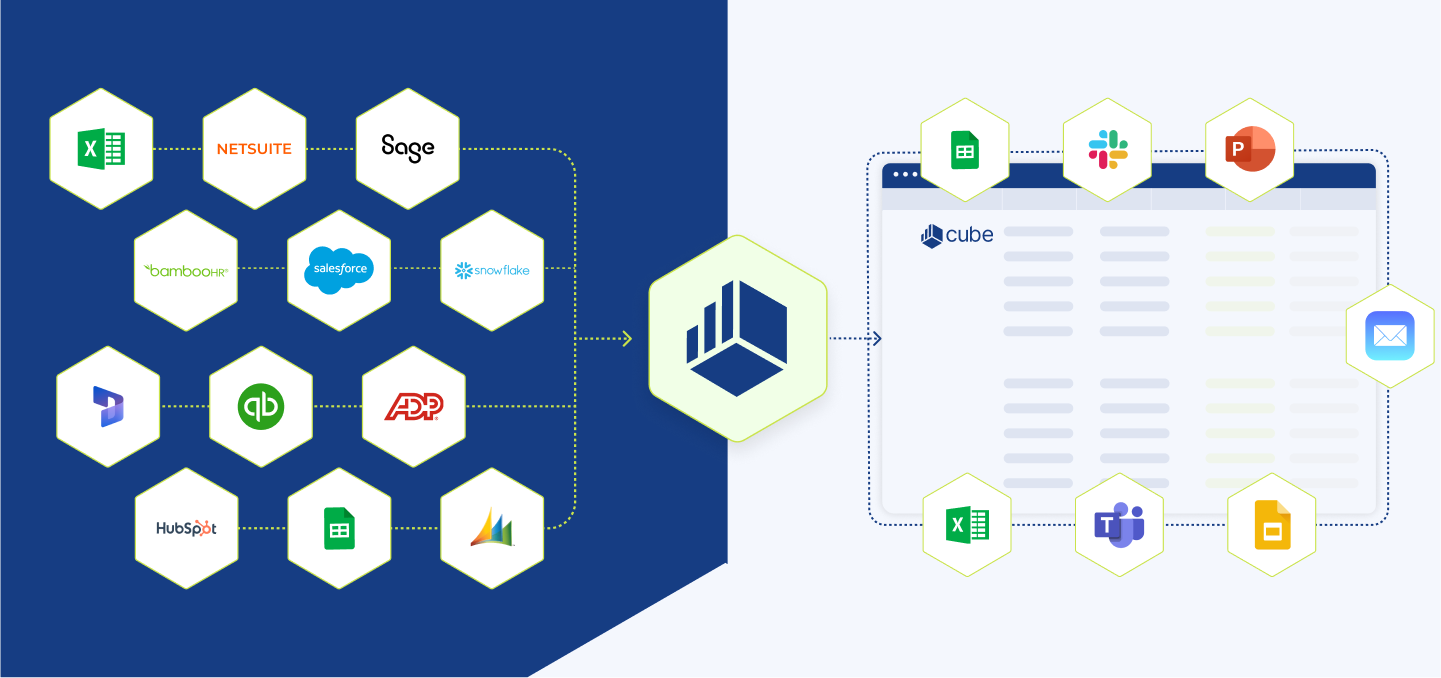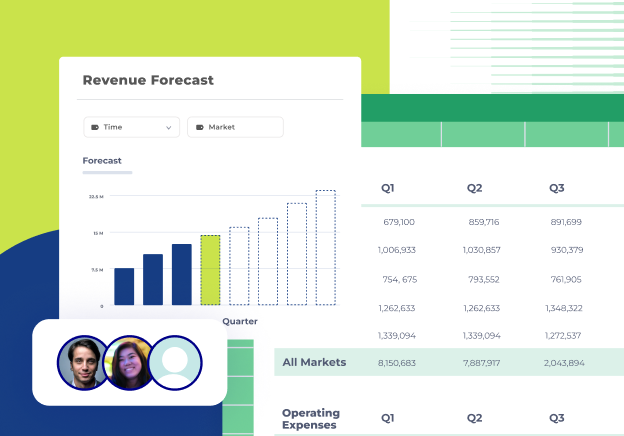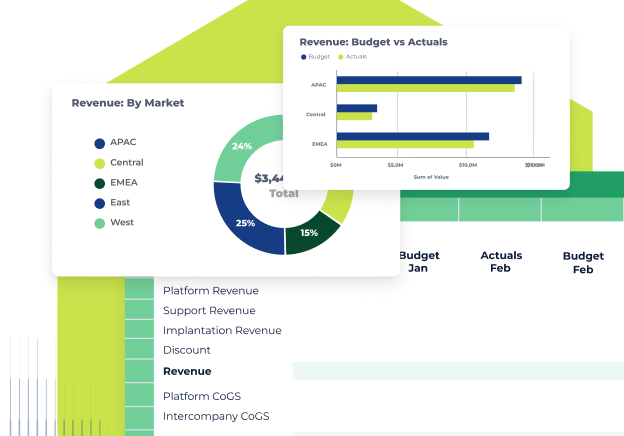Product

Solutions

resources

Company

real estate
fp&a for real estate
Invest with confidence
Understanding your portfolio and maximizing your investment potential requires sharp financial insight. Assess asset value accurately, predict income streams, and make strategic decisions while balancing cash flow with Cube.

Trusted by thousands of finance users


















Why leading real estate providers choose Cube
stay nimble
Get the flexibility you need to plan for growth in a volatile market with a clear picture of portfolio value and the flexibility to change your models as needed.
grow smarter
Streamline expansion and investment planning efforts by enhancing and improving your process, not changing it.
share insights
Give visibility into portfolio performance, deliver ad-hoc reports easily, and share insights with executives using data they can trust.
Manage FP&A Your Way
Annual Budgets
Reforecasting
Driver Based Planning
Income Statements
Cash Flow Reporting
Scenario Planning
Strategic Initiative Evaluation
Cost-Benefit Analysis
Monthly/Quarterly Forecasting
Finance teams trust Cube to transform their FP&A
Cube will help organize your existing chaos and scale as you continue to grow.
Dustin Walsted
VP of Finance, Technology & HR

We’re spending more time partnering with the business and analyzing how changes affect revenue across all three entities.
Morgan Rafferty
Senior Finance Manager
See cube in action
With Cube, finance teams can focus on what matters—guiding the business forward with speed, precision, and confidence.
What is Cube and how does it support real estate financial planning in Excel and Google Sheets?
How does Cube help with property- or asset-level performance tracking and forecasting?
Can Cube support scenario planning for leasing activity, interest rates, or acquisition strategies?
How does Cube enable driver-based planning for real estate finance teams?
What data integrations does Cube offer for real estate FP&A teams?
How secure is Cube for large business service organizations?
What real estate KPIs and variance insights can Cube support?
How does Cube support collaboration between finance, asset management, and operations?
Does Cube support headcount and workforce planning for real estate companies?
Still have questions?


.png)









.png)